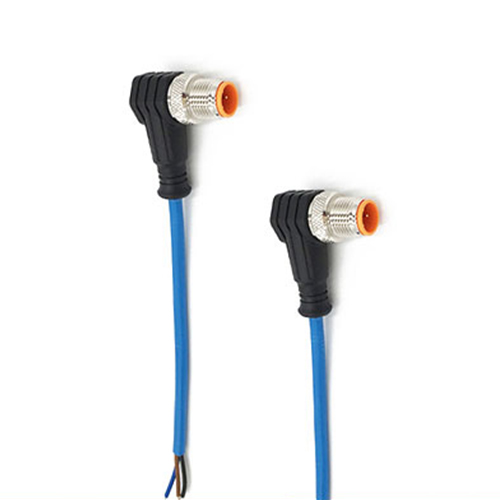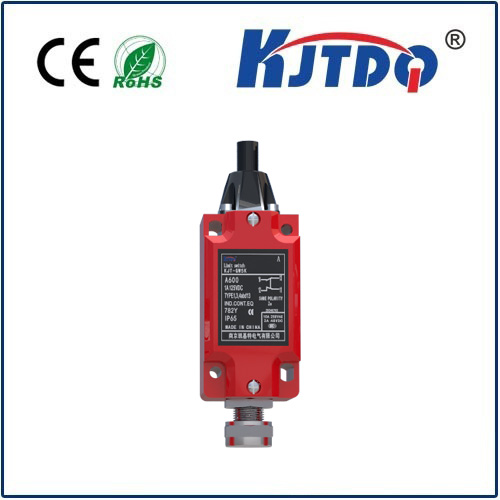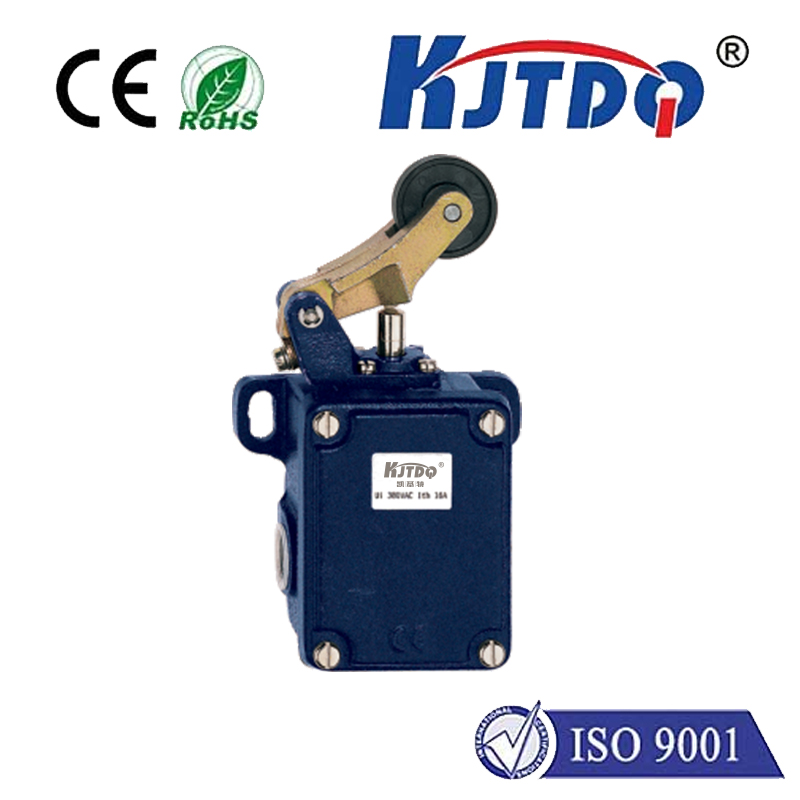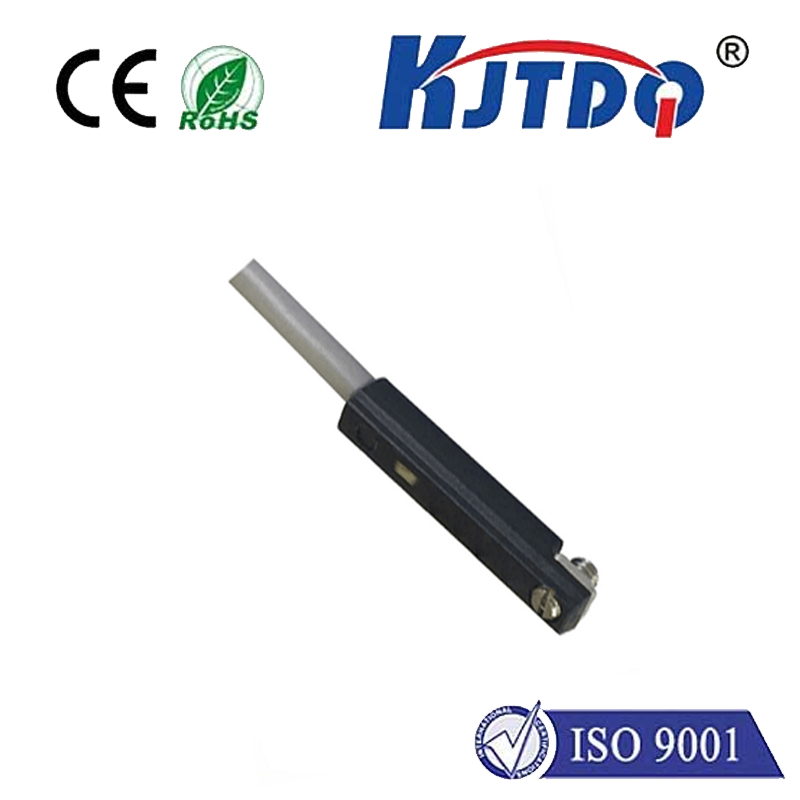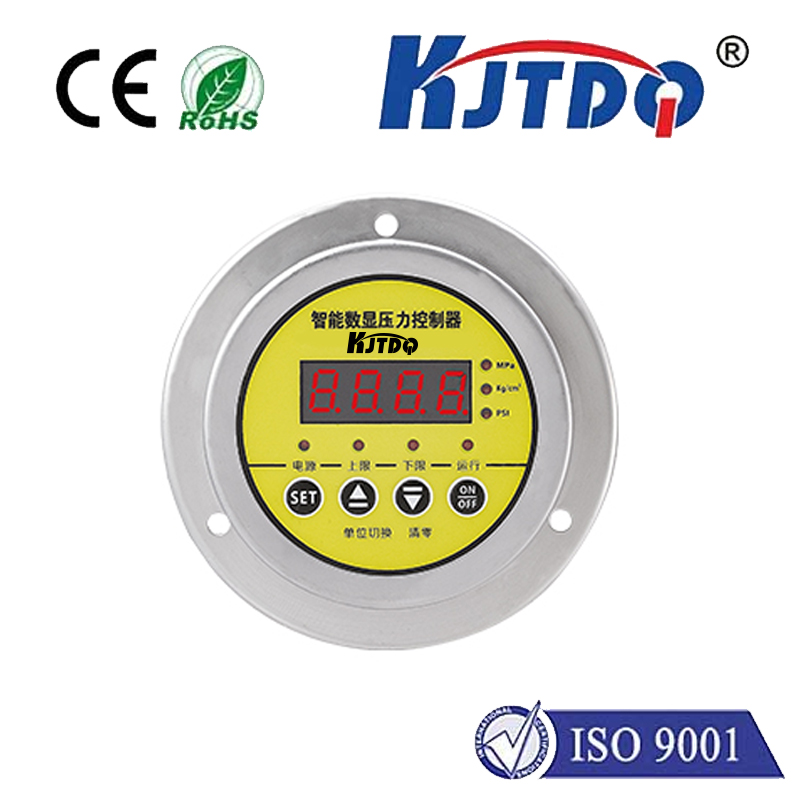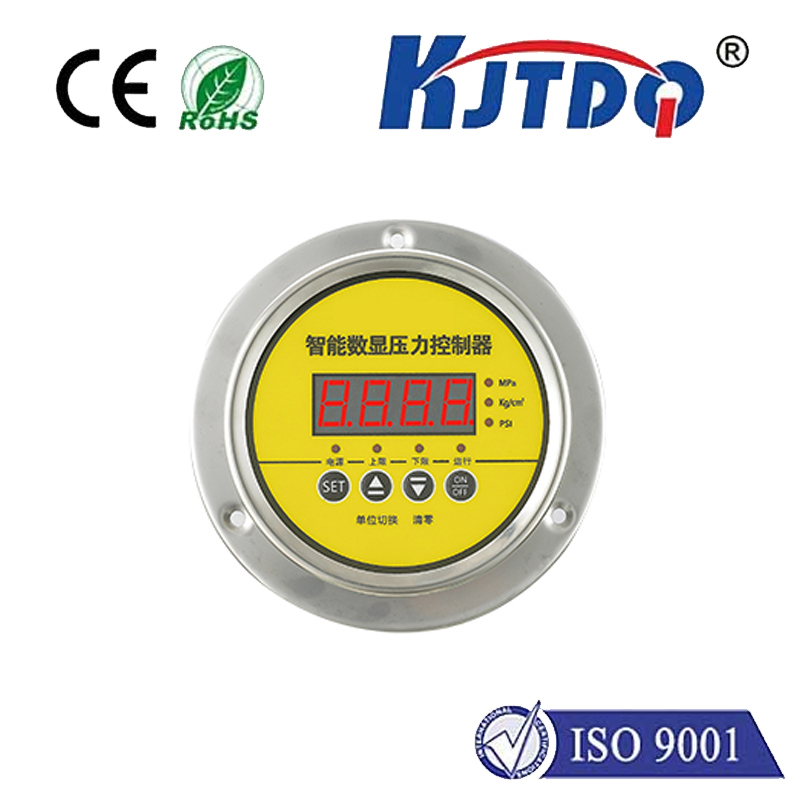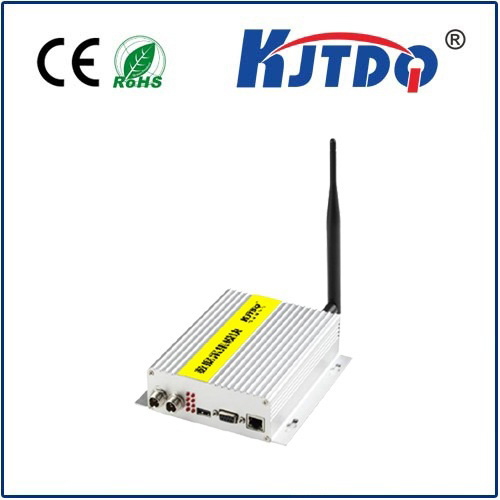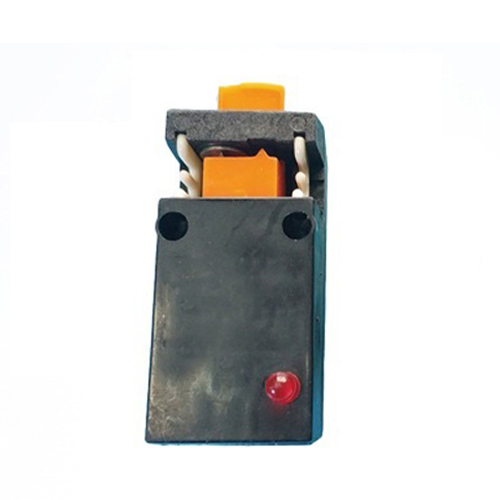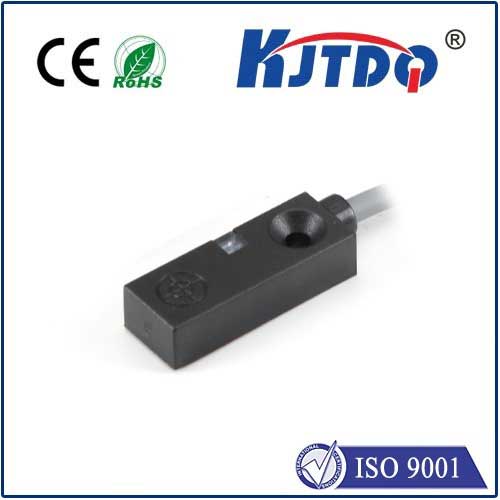inductive proximity sensor
- time:2024-10-12 14:43:56
- Click:0

Title: Unveiling the Mysteries of Inductive Proximity Sensors
In the ever-evolving world of technology, there are countless innovations that have transformed the way we live and work. Among them is the inductive proximity sensor, an ingenious device that has revolutionized various industries with its remarkable capabilities. This article delves into the fascinating world of inductive proximity sensors, shedding light on their inner workings, applications, and benefits.
What is an Inductive Proximity Sensor?
An inductive proximity sensor is a type of electronic component that detects the presence of metallic objects without any physical contact. It works on the principle of electromagnetic induction, where a changing magnetic field is generated by passing an electric current through a coil. When a metal object comes close to the sensor, it disrupts this magnetic field, causing a change in the electrical signal. This change is then processed by the sensor’s circuitry to determine the proximity of the object.
How Does an Inductive Proximity Sensor Work?
At its core, an inductive proximity sensor consists of a coil and a circuit board. The coil creates a magnetic field when an alternating current (AC) flows through it. As the AC changes direction, so does the polarity of the magnetic field. When a metal object comes within range of the sensor, it induces eddy currents within the object due to the changing magnetic field. These eddy currents generate their own magnetic field, which opposes the original one created by the coil. This opposition reduces the overall magnetic field strength, which is detected by the sensor’s circuitry as a change in voltage or current.
The Benefits of Using Inductive Proximity Sensors
- Non-contact Detection: One of the most significant advantages of inductive proximity sensors is their ability to detect objects without making physical contact. This eliminates wear and tear on both the sensor and the detected object, increasing the lifespan of both components.
- High Reliability: Inductive proximity sensors are known for their reliability and durability. They can operate in harsh environments, such as those with high temperatures, dust, and moisture, without compromising performance.
- Wide Range of Applications: Inductive proximity sensors are versatile devices that can be used in a wide range of applications, including industrial automation, automotive systems, access control, and home appliances. Their ability to detect metal objects makes them ideal for tasks such as counting parts on a conveyor belt or monitoring the position of a machine tool.
- Easy Installation and Maintenance: Inductive proximity sensors are relatively easy to install and maintain. They require no complicated wiring or configuration, making them accessible to users with varying levels of technical expertise. Additionally, their non-contact nature reduces the need for regular maintenance and servicing.
Real-world Applications of Inductive Proximity Sensors
Inductive proximity sensors have found广泛的应用 across various industries due to their unique features and benefits. Some notable examples include:
- Industrial Automation: In manufacturing plants and factories, inductive proximity sensors are used to monitor the position and movement of mechanical parts, control conveyor belts, and automate assembly lines. Their non-contact detection ensures accurate and reliable operation without the need for mechanical switches or relays.
- Automotive Systems: In the automotive industry, inductive proximity sensors are employed in various systems, such as parking assist, blind spot detection, and tire pressure monitoring. Their ability to detect metal objects allows them to provide precise measurements and enhance vehicle safety and performance.
- Access Control: In buildings and facilities, inductive proximity sensors are commonly used in access control systems, such as door locks and gate openers. Their non-contact detection eliminates the need for physical keys or cards, providing a more convenient and secure solution for managing entry points.
- Home Appliances: In household appliances, such as washing machines and dishwashers, inductive proximity sensors are used to detect leaks or flooding. By monitoring the presence of water using their non-contact detection capabilities, these sensors help prevent damage to property and reduce energy consumption.
In conclusion, inductive proximity sensors are powerful tools that have transformed the way we interact with technology and our surroundings. Their ability to detect metal objects without physical contact has opened up a myriad of possibilities across various industries and applications. As technology continues to advance, it is likely that inductive proximity sensors will play an even greater role in shaping our future.












